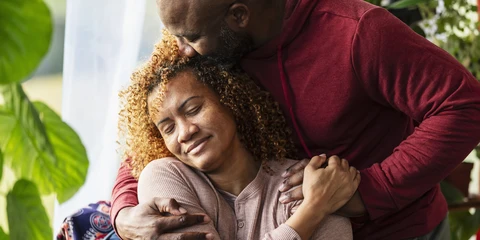Image

Support loved ones, family, and friends.
Seeing someone you care about struggle with alcohol, drugs, gambling, suicidal thoughts, or mental health is tough. You want to help, but may not know where to start.
We're here for you. Start here.
Help & support
Help for parents
It can be hard to talk to your kids about drug use, suicidal thoughts, mental health or alcohol use. But it's important to keep them safe. Your Life Iowa can help you have these conversations.
Crisis services
A mental health crisis happens when acute or chronic stressors become too much to handle.
Treatment
Find help near you
Find treatment confidentially and anonymously using our map tool.